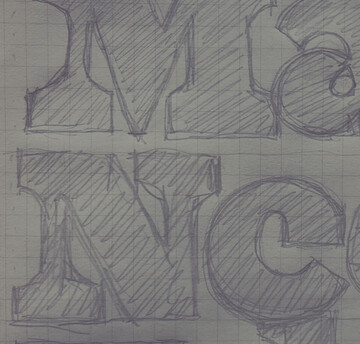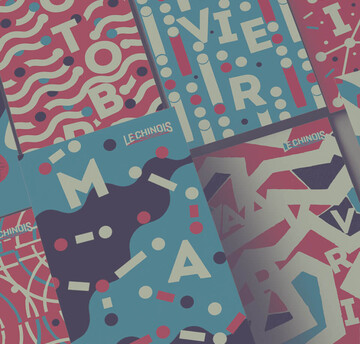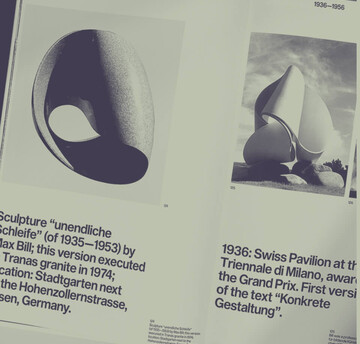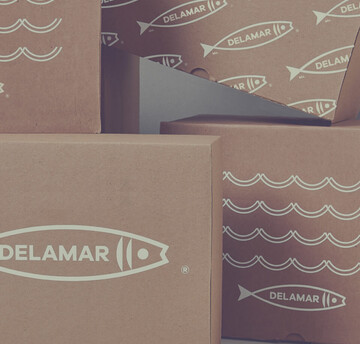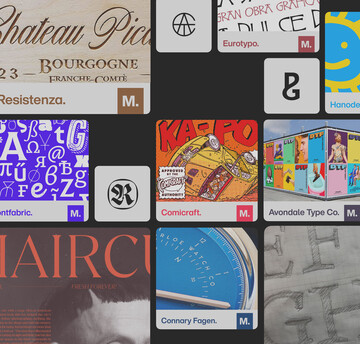In search of a sustainable NFT: Why we chose the Avalanche blockchain for our NFT projects.

It’s no secret that the environmental impact of minting, bidding, and selling NFTs is significant. Environmental considerations were at the top of our priority list as we began exploring this through our partnership with KnownUnknown and eventually led us to select Avalanche as our NFT platform.
Green NFTs? Relatively speaking: Yes.
Avalanche shares the same programming platform as Ethereum, the original and most popular decentralized platform, but uses far less energy. According to the Crypto Carbon Ratings Institute, Avalanche uses just .0005% of the energy used by Bitcoin and .0028% of the energy used by Ethereum. That efficiency is due to its streamlined consensus mechanism, or method of validating authentic blockchain transactions.
Proof-of-Stake (PoS) vs. Proof-of-Work (PoW) consensus mechanisms.
Every time a new blockchain transaction is processed, all computers on the network must agree that the transaction is legitimate before it can be added to the blockchain. The two most popular ways of achieving consensus are PoW and PoS protocols.
PoW protocols require miners across the network to compete to solve a math puzzle; the first to solve the puzzle earns both the right to add the new transaction to the blockchain as well as a cryptocurrency reward. This type of consensus mechanism works well because it attracts more miners as the value of cryptocurrency rises, increasing the security and power of the network.
But the downside is that every transaction requires a staggering amount of processing power as computers across the world all work on the same puzzle at the same time. These duplicative, simultaneous processes also make PoW protocols difficult to scale, so they’re best suited for simple transactions like buying, selling, and trading cryptocurrency. Both Ethereum and Bitcoin use PoW protocols, which explains their huge carbon footprints.
Avalanche uses a PoS protocol, which is a more democratic and popular alternative to PoW. Instead of competing to solve puzzles, Avalanche cryptocurrency (AVAX) owners offer their currency as collateral for the opportunity to validate new transactions. The winning “validator” is selected randomly; after the winner adds the new transaction to the blockchain, other validators confirm the transaction’s accuracy until a consensus threshold is reached. At that point, the blockchain is updated and all participants are rewarded with more AVAX.
Since PoS protocols don’t duplicate processes, they’re faster, cheaper, and thus better suited for large-scale transactions like NFTs, smart contracts, and other decentralized financial (DeFi) transactions.
Better for the environment, easier on the bottom line.
Minimizing the environmental impact of our blockchain projects comes with a significant benefit for all our collaborators: lower gas fees. Gas fees are the payments each user must make to access the network, and they’re tied to the platform’s energy usage. Avalanche’s lower fees – which are as little as one-tenth of Ethereum’s - make the platform more financially accessible to newcomers.
Avalanche is also more flexible for developers, with a multi-chain interface design that allows developers to program smart contracts in multiple languages and offers scalability far beyond what Ethereum can offer: 6,000 transactions per second compared to Ethereum’s 15 transactions per second.
Learn more about our collection.
Our first collaboration on the Avalanche blockchain is with James Sommerville’s new collective, KnownUnknown. Our NFT initiative is centered around Helvetica, the world’s most famous typeface, and includes partnerships with 25 artists who will continue to create for the community beyond the initial drop. Sign up to stay in the loop on our progress.
